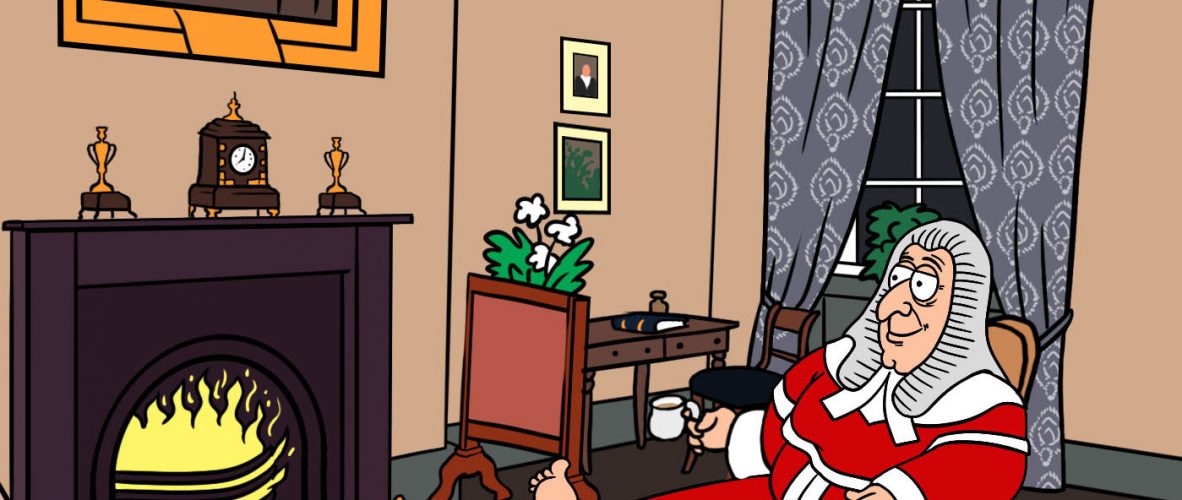The name given to the tight trousers worn by some Regency gentlemen, such as the notorious Beau Brummell and his ‘dandy’ followers, as they showed off their leg muscles.
Parlour Games
The Human Alphabet
- Cut out squares of card and attach a cord, long enough to go over a child’s head, to the top corners (it should hang down like a breastplate).
- In the centre of each card, write a different letter of the alphabet. If there are fewer than 26 children, then some will need 2 letters on their board.
- Get the children warmed up by marching them around in the order of the alphabet may help them to relax and when ready line them up.
- Words are then called out to them and those with the appropriate letters must step forward and make the word (remember not to use words that have a letter or player more than once). Simple words can be used with younger children, or to warm up older ones, such as cat, dog, fish, bird, progressing to harder such as flower, bridge, cabinet.
The possibilities are, of course, endless and it can be made to suit all levels of learning.
Buzz
This game consists of counting, with the peculiarity that every time the number seven is come to, or any form or combination, or possible division, the word ‘buzz’ must be substituted for it. (Seven is the tradition number used for the game, but may be substituted with, say, five to make it easier).
- When anyone makes a mistake by mentioning seven, or seventeen, or twenty-one etc., they have to leave the game.
- A leader begins by saying ‘one’, the next ‘two’ and so on: 1 2 3 4 5 6 buzz 8 9 10 11 12 13 buzz 15 16 buzz 18 19 20 buzz 22 23 24 25 26 buzz buzz 29 30 etc, until there are no players left in. Fizz Buzz may be played by substituting all fives with ‘Fizz’ and sevens with ‘Buzz’
Judge and Jury
- Draw lots for a Judge and five Jury. All other players are prisoners.
- Each prisoner must think of the name of a famous band, footballer, television personality etc (you may like to decide in advance the limits of what type of person they can be).
- A prisoner stands before the Judge, who is allowed to ask six questions to them. When the judge has finished his questioning, the Jury has to guess who the prisoner is pretending to be.
- If the Jury’s guess is incorrect, the prisoner goes free, but if correct, the prisoner takes the place of one of the jury, who in turn must join the queue of prisoners (you can draw lots to decide who is to go).
- The next prisoner then goes up in front of the Judge. After, say, three trials, the Judge must swap places with one of the Jury.
Hunt the Thimble
This game is suitable for all ages from the very young upwards.
- All players must go out of the room whilst a thimble or other small object is put is a conspicuous place. There is no need to hide the thimble – it should be in a place where everyone can see it without touching anything (it is amazing how hard this can be to find – we regularly put thimbles in top on candles, right in the middle of a table or on a chair and it can take some time to be spotted).
- The game can then progress in one of two ways – either the game ends when the object has been spotted, or the players, on spotting it, must go and sit down quietly and give no clues as to its whereabouts to the others, until everyone has found it.
Hunt the Slipper
- Players sit in a circle with their hands behind their backs. One player is left in the centre to guess where the ‘slipper’ is.
- The player in the centre shuts their eyes whilst a slipper or shoe is dropped behind one of the players in the circle.
- Players start to pass the slipper between them behind their backs and the person in the centre, with eyes open, must now guess where the slipper is. It is best fun played when the slipper is kept moving around the circle and players make false moves to confuse the guesser or tap the shoe occasionally on the floor.
- If the location of the slipper is guessed, then the person caught with it must take the place of the player who guessed correctly.
Pass the Laugh
- All players sit in a circle.
- The player to start says ‘Ha’ loudly. The second player then says ‘Ha Ha’, the third ‘Ha Ha Ha’ and so on. Not only is it increasingly difficult to count the number of times one must say ‘Ha’, but it is very hard not to start laughing or smiling as this progresses, but any player who is seen to smile or laugh is out of the game.
